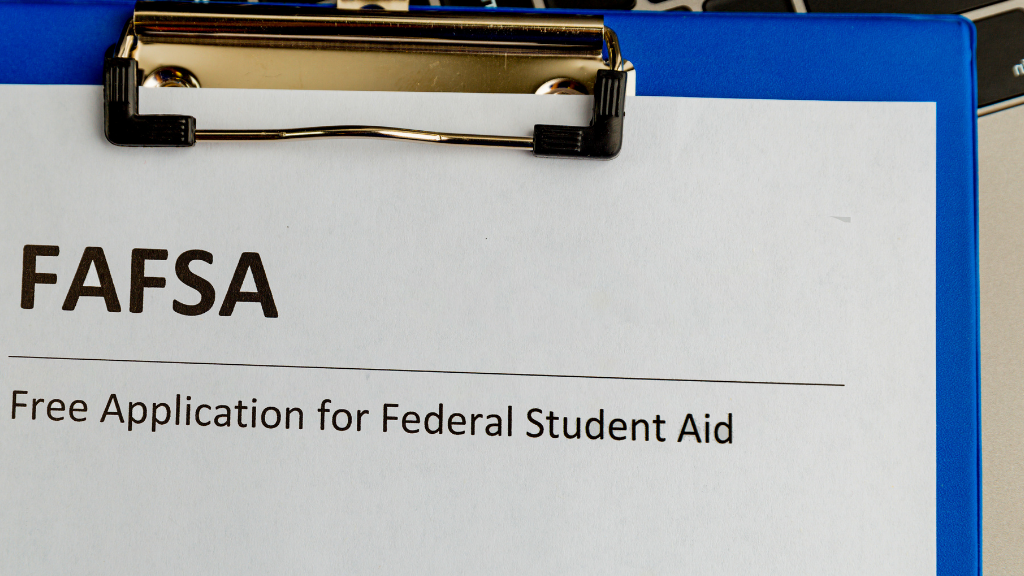This POST provides a comprehensive breakdown of the Free Application for Federal Student Aid (FAFSA), a crucial step in securing college financial aid, addressing common questions, and providing clarity to students and families.
What is FAFSA?
FAFSA is a form that students must fill out in order to be considered for federal financial aid, including grants, loans, and work-study programs. Many states and colleges also use it to determine eligibility for their own financial aid programs. The form collects information about a student’s and their family’s income, assets, and household size to determine their Expected Family Contribution (EFC), which is used to calculate their financial need.
FAFSA: The CSS Profile
While the FAFSA is prevalent, another financial aid application, the CSS Profile, is used by certain colleges and private scholarships. This application considers different criteria, including home equity and retirement savings, and comes with a fee for multiple school submissions, unless waived for low-income families.
Important Eligibility Criteria
Eligibility for FAFSA hinges on several factors, including financial need, U.S. citizenship or eligible noncitizen status, a valid Social Security number, satisfactory academic progress, and completion of a high school diploma or equivalent.
How do I fill out FAFSA?
The FAFSA can be completed online at fafsa.gov. Before starting the application, you must create a FSA ID, which serves as your electronic signature and allows you to access your FAFSA information in the future. You will also need to gather documents such as your Social Security number, tax returns, and bank statements. The form can be completed in one sitting or saved and returned later.
When should I fill out the FAFSA?
The FAFSA becomes available on October 1st for the following academic year. It is recommended to fill it out as soon as possible, as some financial aid is awarded on a first-come, first-served basis. Additionally, some states and colleges have their own deadlines for FAFSA submission, so it is important to check with your school’s financial aid office for specific dates.
Does FAFSA cover summer classes?
Yes, FAFSA can cover summer classes if you are enrolled at least half-time (usually 6 credits) and the classes count towards your degree or certificate program. However, your financial aid package may be different for summer classes compared to the fall and spring semesters. It is important to check with your school’s financial aid office for more information.
What if my financial situation changes after I submit my FAFSA?
If your financial situation changes significantly after you submit your FAFSA, you can submit a FAFSA correction or appeal to your school’s financial aid office. This may result in a change to your EFC and potentially your financial aid package.
What if I have more questions about FAFSA?
To learn more about FAFSA, visit the official website or contact your school’s financial aid office. Understanding the process and accurately filling out the form can increase your chances of receiving college financial aid. Don’t let FAFSA intimidate you; use this guide to demystify the process and secure the necessary financial support for your education.
What are some tips for filling out the FAFSA?
When filling out the Free Application for Federal Student Aid (FAFSA), consider the following tips to ensure a smooth and accurate application process:
1. Gather Required Documents: Collect necessary documents such as social security numbers, driver’s license, tax returns, bank statements, and records of untaxed income before starting the application.
2. Create an FSA ID: Both the student and one parent (if applicable) should create a Federal Student Aid (FSA) ID to electronically sign the FAFSA. This ID serves as a legal signature and provides access to Federal Student Aid’s online systems.
3. Use the Correct Form: Ensure you are completing the correct FAFSA form for the academic year you plan to attend college. The form is available for each academic year, and it’s important to select the right one.
4. Provide Accurate Information: Double-check all information provided on the FAFSA to ensure accuracy. Mistakes or omissions can lead to delays in processing and potential loss of financial aid.
5. Utilize the IRS Data Retrieval Tool: If eligible, use the IRS Data Retrieval Tool to transfer tax information directly from the IRS to the FAFSA. This can streamline the process and reduce errors.
6. List Colleges: Include all colleges you are considering attending on the FAFSA, as this ensures they receive your financial information and can determine your eligibility for aid.
7. Meet Deadlines: Adhere to all federal, state, and college-specific deadlines for submitting the FAFSA. Some aid programs have limited funds and are distributed on a first-come, first-served basis.
8. Seek Assistance: If you encounter challenges or have questions while completing the FAFSA, seek assistance from the financial aid office at your school or utilize the resources available on the official FAFSA website.
Conclusion
The Free Application for Federal Student Aid (FAFSA) is a crucial step in obtaining financial assistance for higher education. It requires careful preparation, accurate information, and meeting application deadlines. Strategies for completing the FAFSA include using resources like the IRS Data Retrieval Tool, seeking guidance from financial aid offices, and staying informed about deadlines.
These steps can enhance students’ chances of securing financial support for their educational goals. The FAFSA serves as a gateway to various financial aid opportunities, and attention to detail during the application process can significantly impact a student’s ability to afford higher education.




Thank you for writing this post. I like the subject too.